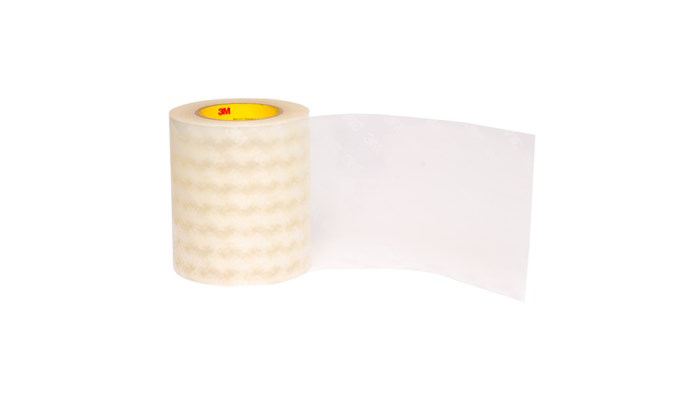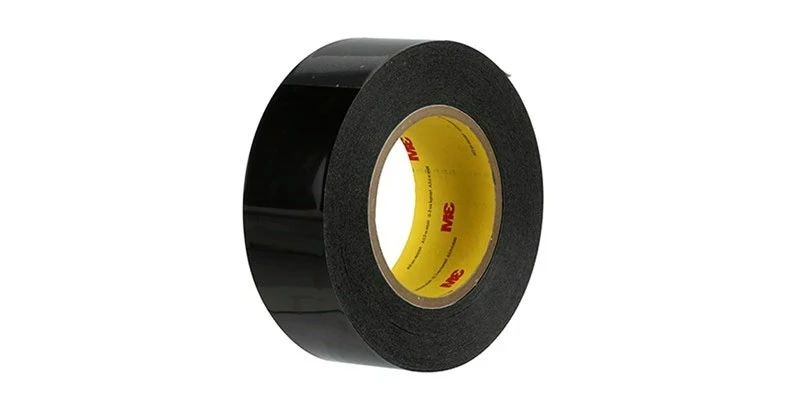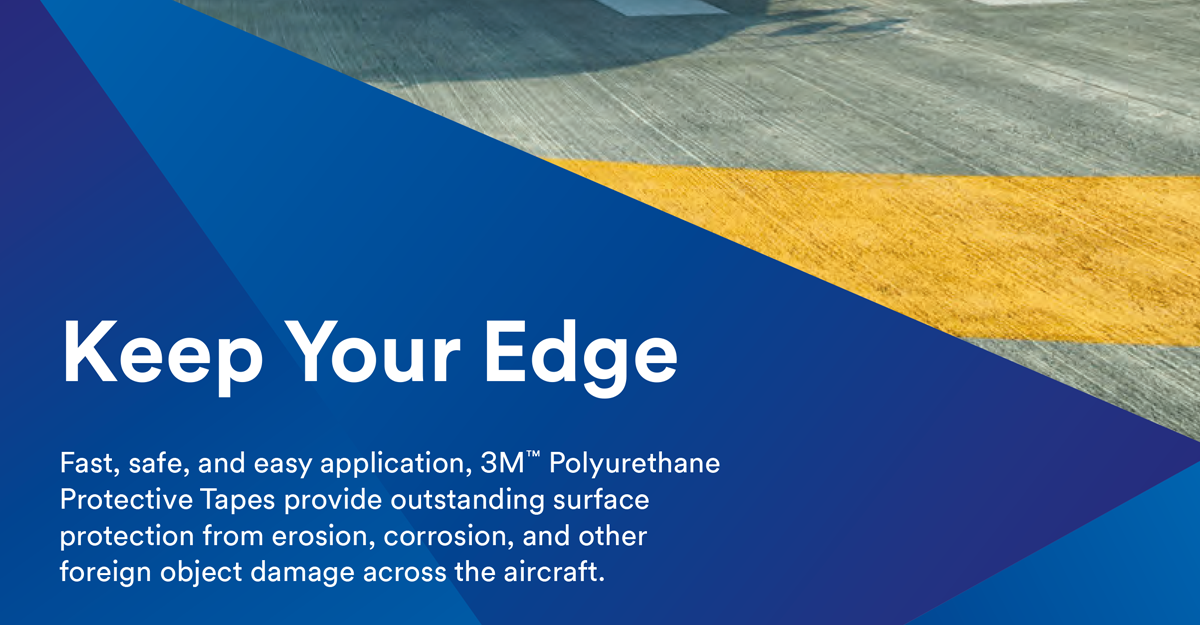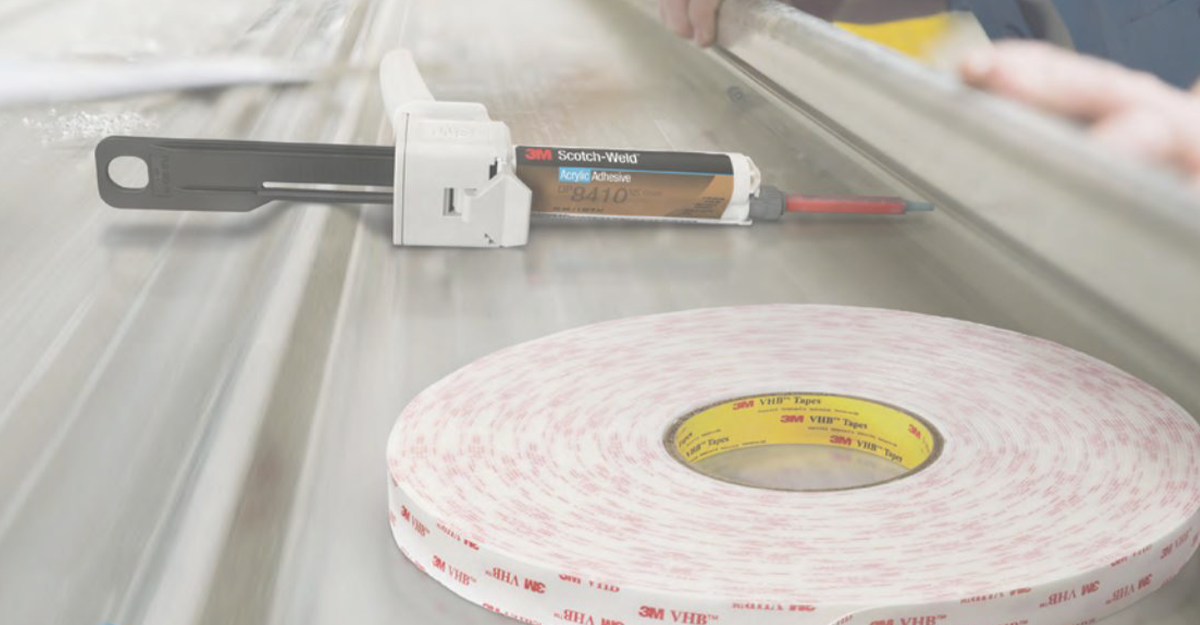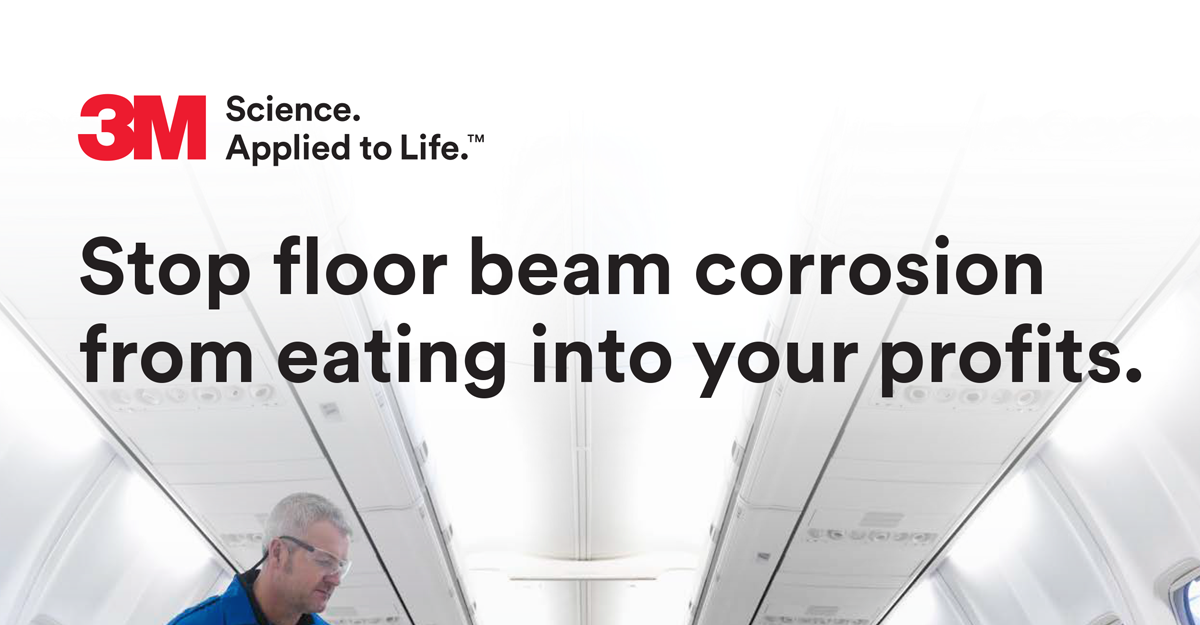Erosion is the process of metal loss from a surface due to exposure to foreign object debris (FOD). Erosion more commonly occurs on areas such as the fuselage (belly), trailing edges, landing gears, cargo doors and antennas. On helicopters, the rotor blades are a key area for erosion protection, and this has led to the common term 'helicopter tape', used to describe the product 3M 8671HS.
Unlike traditional erosion protection coatings, tapes provide a uniform thickness and weight across the entire surface. There are no special tools required to apply, and can be easily repaired and removed if needed.
Compared to paint alone, polyurethane tape also provides prolonged resistance to sources of erosion. In one such test carried out at the University of Dayton Research Institute in 2020, 3M 8673 tape exposed to 500mph rain lasted 78 minutes before the paint underneath began to break. Paint alone only lasted for a maximum of 15 minutes in the same test.


